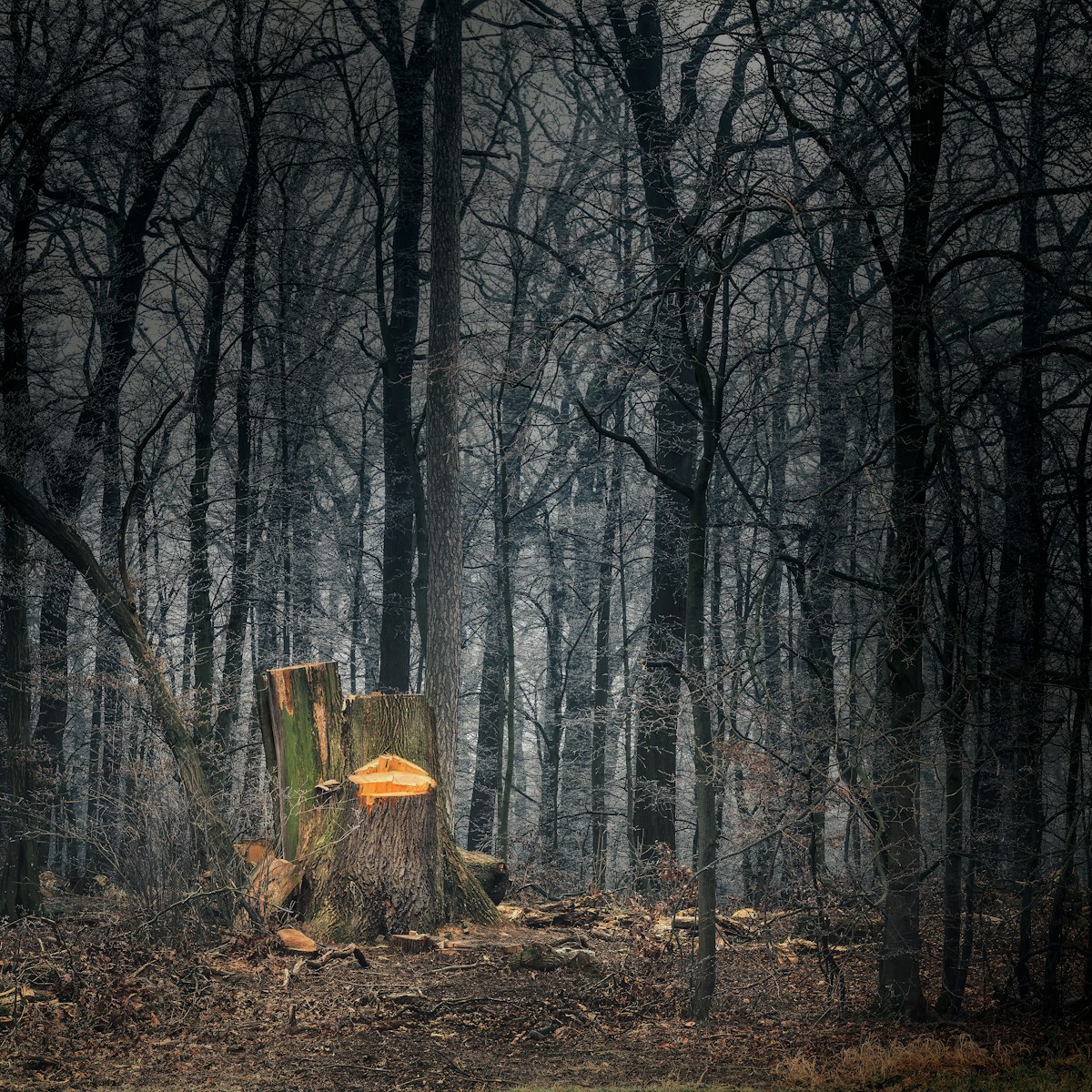Deforestation: Forests and Jungles Slow Down Climate Change
Deforestation reduces genetic diversity and leads to the extinction of species. Currently, 33 percent of the national surface is covered with these habitats, and 27 percent with scrubland. About the International Day of Forests.





